
Koblenz, where the Mosel meets the Rhine
Recently we posted about how the near record drought in Europe has lowered the levels in the Rhine River, not only limiting vessel traffic, but also exposing World War II munitions. We wrote that “ bomb disposal experts … are evaluating how to dispose of a larger bomb found lying in 16 inches of water near Koblenz.” They have made their determination and it involves evacuating 45,000 people, or roughly half of the population of Koblenz, this Sunday, prior to defusing the estimated 3,000 pounds of high explosives in the bomb.
Nearly half German city to evacuate Sunday for defusing of WWII era bomb
Continue reading

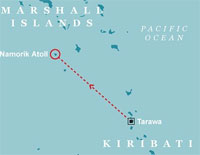 Two men, aged 53 and 26, from the Pacific Ocean island nation of Kiribati, who had been missing for 33 days, came ashore over 300 miles away on the on Namorik Atoll, in the Marshall Islands. The men were reported to be weak, but otherwise not in bad shape, considering their ordeal. Apparently their arrival was not entirely unusual.
Two men, aged 53 and 26, from the Pacific Ocean island nation of Kiribati, who had been missing for 33 days, came ashore over 300 miles away on the on Namorik Atoll, in the Marshall Islands. The men were reported to be weak, but otherwise not in bad shape, considering their ordeal. Apparently their arrival was not entirely unusual.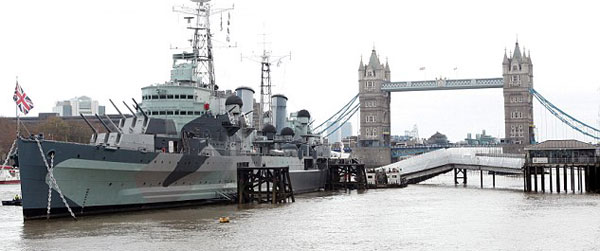
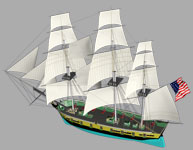
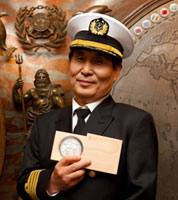
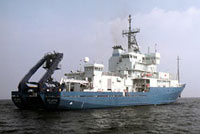

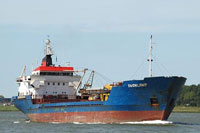

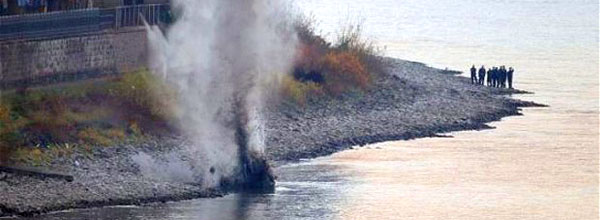
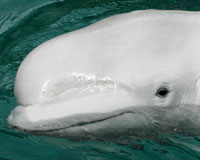
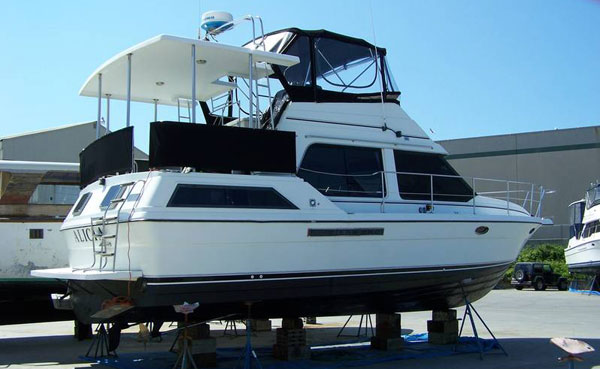 Last year, I went to the
Last year, I went to the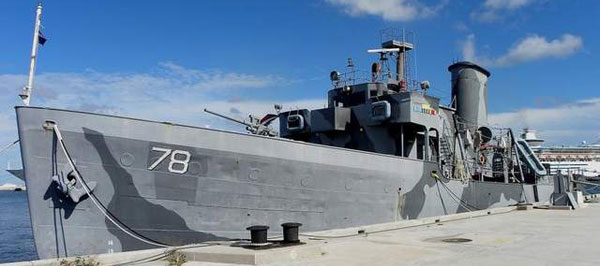 The World War II era US Coast Guard Cutter
The World War II era US Coast Guard Cutter  The clean-up continues on the
The clean-up continues on the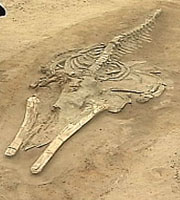 At least 75 whale skeletons, believed to be more than two millions years old, were recently unearthed in the Atacama Desert in Chile, a kilometer away from the ocean. The find is believed to be the best preserved graveyard of pre-historic whales in the world. Of the 75 skeletons found, more than 20 are perfectly intact. Researchers speculate that there could be many more skeletons not yet discovered. Most of the fossils are baleen whales which measure about 25 feet long. The whale bones were discovered during a project to widen Pan American Highway, or Route 5, Chile’s main north-south road.
At least 75 whale skeletons, believed to be more than two millions years old, were recently unearthed in the Atacama Desert in Chile, a kilometer away from the ocean. The find is believed to be the best preserved graveyard of pre-historic whales in the world. Of the 75 skeletons found, more than 20 are perfectly intact. Researchers speculate that there could be many more skeletons not yet discovered. Most of the fossils are baleen whales which measure about 25 feet long. The whale bones were discovered during a project to widen Pan American Highway, or Route 5, Chile’s main north-south road.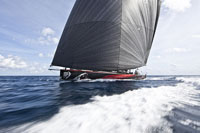

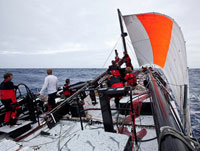 Havoc continues in the
Havoc continues in the